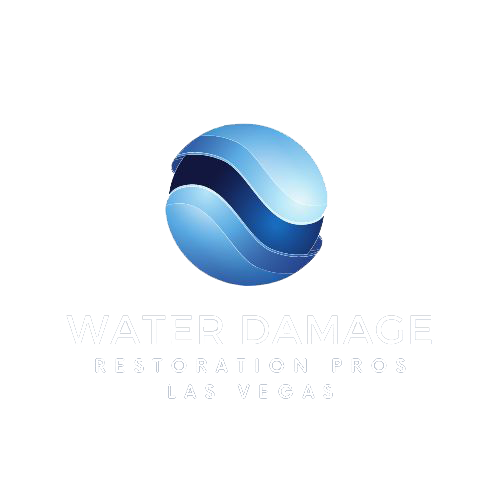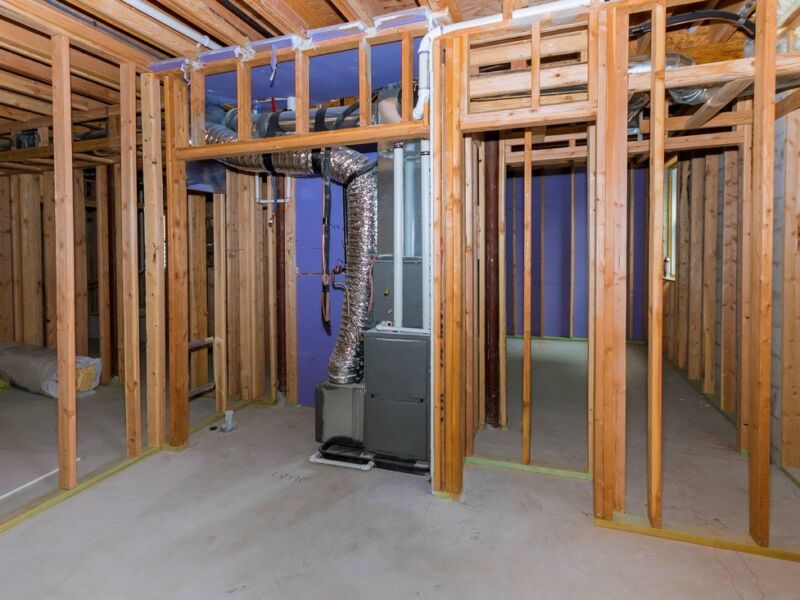
Introduction
Water damage can wreak havoc on your home, causing extensive damage to various components. One area that is particularly susceptible to water damage is the subflooring. Subflooring is a crucial structural component of your home, providing support for the floor covering above it. When it becomes damaged, it not only compromises the integrity of your flooring but also poses potential safety risks.
Understanding Subflooring
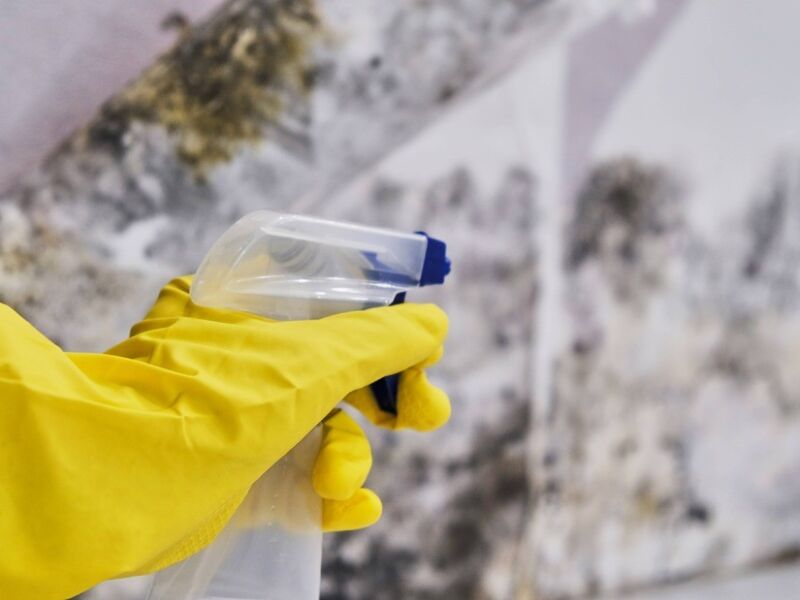
Before we delve into the process of restoring damaged subflooring, let’s first understand what subflooring is and its importance. Subflooring is the layer of flooring material that sits directly on top of the floor joists. It serves as a stable base for the finished floor covering, such as hardwood, laminate, or tile. Subflooring is typically made of plywood or oriented strand board (OSB) and provides stability, strength, and support to the floor.
Signs of Damaged Subflooring
Detecting damage to your subflooring is crucial to addressing the issue promptly. Here are some common signs that indicate damaged subflooring:
- Sagging or uneven flooring
- Soft or spongy areas underfoot
- Visible water stains
- Warped or buckled floor coverings
- Musty odors
Restoring Damaged Subflooring
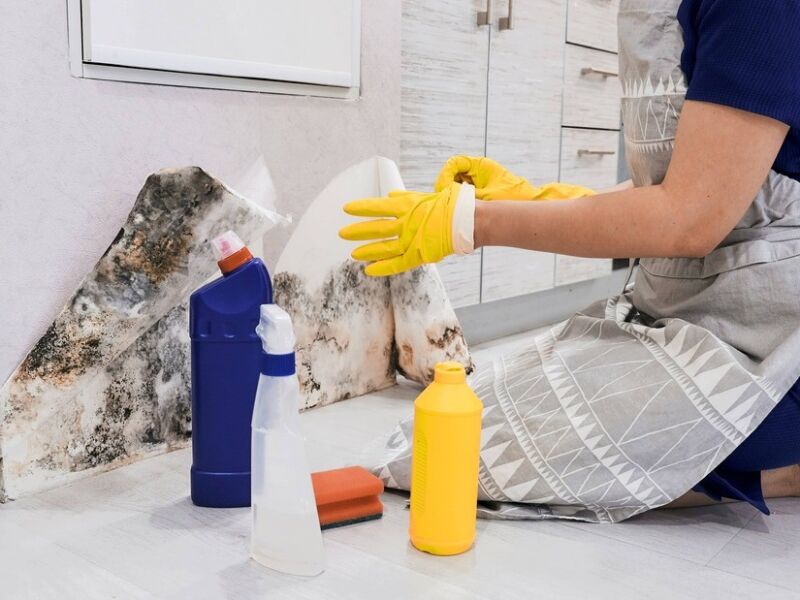
Restoring damaged subflooring involves a systematic process that may require professional assistance in certain cases. Here are some steps to consider when restoring damaged subflooring:
1. Assess the Extent of Damage
Before beginning any restoration work, it is essential to assess the extent of the damage. This involves thoroughly examining the affected area and identifying any underlying issues. A professional water damage restoration specialist can help you determine the scope of the damage and recommend the best course of action.
2. Extract Excess Moisture
Prior to repairing or replacing the subflooring, it is crucial to remove any excess moisture or standing water. This can be done using specialized water extraction equipment or by employing professional water damage restoration services. Proper moisture extraction is vital to prevent further damage and the growth of mold or mildew.
3. Remove Damaged Floor Covering
If the water damage has affected the floor covering, such as carpet, hardwood, or tile, it will need to be carefully removed. This step allows access to the subflooring and ensures thorough inspection and restoration.
4. Replace or Repair the Subflooring
Depending on the extent of the damage, you may need to either repair or replace the subflooring. Minor water damage can sometimes be addressed through repairs, such as drying out the affected area and reinforcing the damaged sections. However, extensive damage often necessitates complete subfloor replacement to ensure structural integrity.
5. Dry and Ventilate the Area
After repairing or replacing the subflooring, it is essential to thoroughly dry and ventilate the area. This helps prevent the growth of mold or mildew and ensures a safe and healthy environment.
6. Install New Floor Covering
Once the subflooring has been restored and the area is fully dry, you can proceed with installing new floor covering. Choose a suitable flooring material that meets your preferences and needs, and ensure proper installation to prevent future issues.
Frequently Asked Questions (FAQs)
What are the common causes of subflooring damage?
How long does it take to restore damaged subflooring?
Can I restore the subflooring myself, or do I need professional assistance?
Restoring damaged subflooring requires careful attention and an understanding of the underlying issues. If you’re dealing with water damage in your home, it’s crucial to contact a trusted water damage restoration professional who can assess the situation and provide appropriate solutions.
Contact Water Damage Restoration Pros of Las Vegas at 725-210-8500 for professional subflooring restoration services.
For more information about water damage restoration, basement flooded cleanup, and other related services, visit Water Damage Restoration Pros of Las Vegas.
